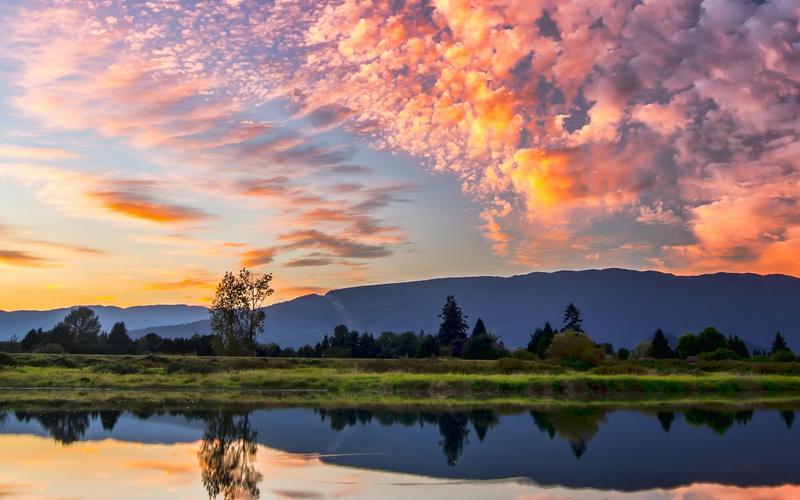Datsip is a small community nestled in the heart of the mountains, rich in cultural heritage and traditions. Over the years, the community has undergone significant changes, and the descendants of its ancestors have dispersed to different parts of the world, but the spirit of Datsip lives on. The community has always been proud of its cultural heritage, and the question is, how can we keep the spirit of our ancestors alive?
Preserving cultural heritage is crucial because it provides a sense of identity and continuity in a fast-changing world. It reminds us of where we came from and the struggles and triumphs of our ancestors. How can we preserve the cultural heritage of Datsip to ensure that its traditions, values, and history survive for future generations? Here are a few ideas:
1. Documenting oral traditions and folklore
The first step in preserving Datsip’s cultural heritage is to document the community’s oral traditions and folklore. These stories are passed down from generation to generation, but the younger generations may not be aware of them.
By documenting these traditions, we can ensure that they are not lost with time. These documents can be used for research, education, and entertainment purposes, such as publishing anthologies of folktales or creating a cultural museum.
2. Celebrating local festivals and rituals
Festivals and rituals are an essential part of Datsip’s cultural heritage. These events are an opportunity for the community to come together, celebrate, and showcase their unique traditions.
By organizing cultural events, such as the annual harvest festival or traditional dance performances, we can preserve the community’s traditions and values. These events can showcase the community’s heritage and also attract tourists, thereby providing an opportunity for economic growth.
3. Supporting local artists and craftsmen
Datsip’s cultural heritage is not only about folklore and festivals but also includes art and craft. Local artists and craftsmen have inherited the skills of their forefathers and are keeping the traditional art forms alive.
By supporting these artists, we can ensure that their skills are not lost with time. We can promote their work and even provide them with platforms to display their art. We can also encourage the younger generation to learn these crafts, thereby preserving them for the future.
4. Protecting historical sites and artifacts
Historical sites and artifacts provide us with tangible evidence of our heritage. They not only tell the story of our ancestors but also provide us with important information about our history and culture.
By protecting these sites and artifacts, we can ensure that they are not lost or destroyed. We can also create museums or heritage sites to showcase these artifacts and educate the younger generation about their significance.
In conclusion, preserving Datsip’s cultural heritage is a collective responsibility. We can ensure that the community’s traditions and values survive for future generations by documenting oral traditions, celebrating local festivals, supporting local artists and craftsmen, and protecting historical sites and artifacts. Our heritage is our identity, and we must take the necessary steps to preserve it.
(Note: Do you have knowledge or insights to share? Unlock new opportunities and expand your reach by joining our authors team. Click Registration to join us and share your expertise with our readers.)
Speech tips:
Please note that any statements involving politics will not be approved.
